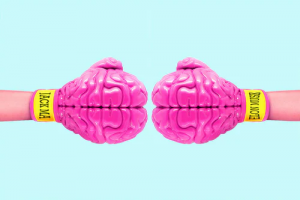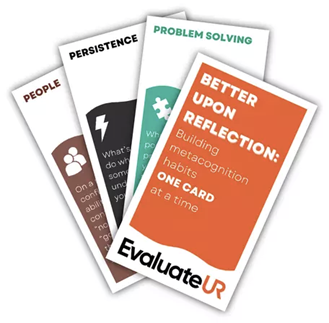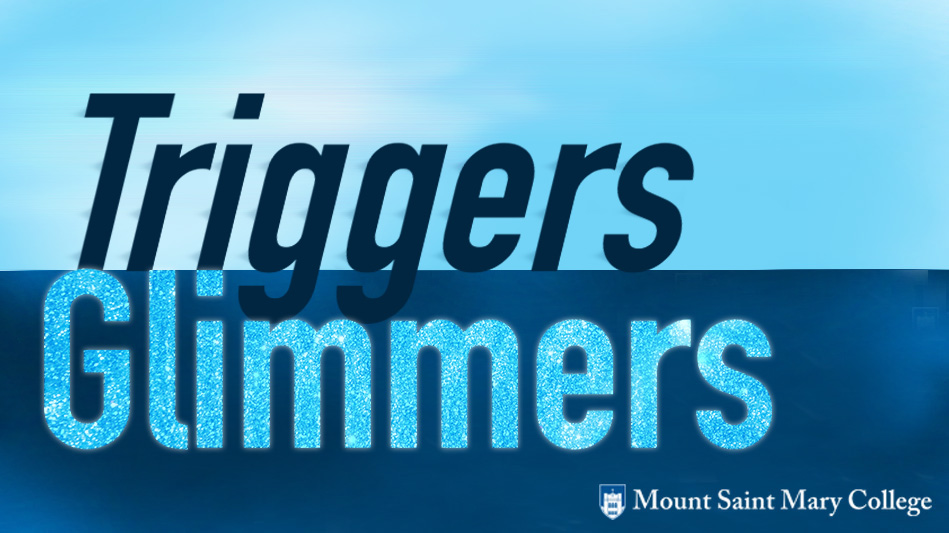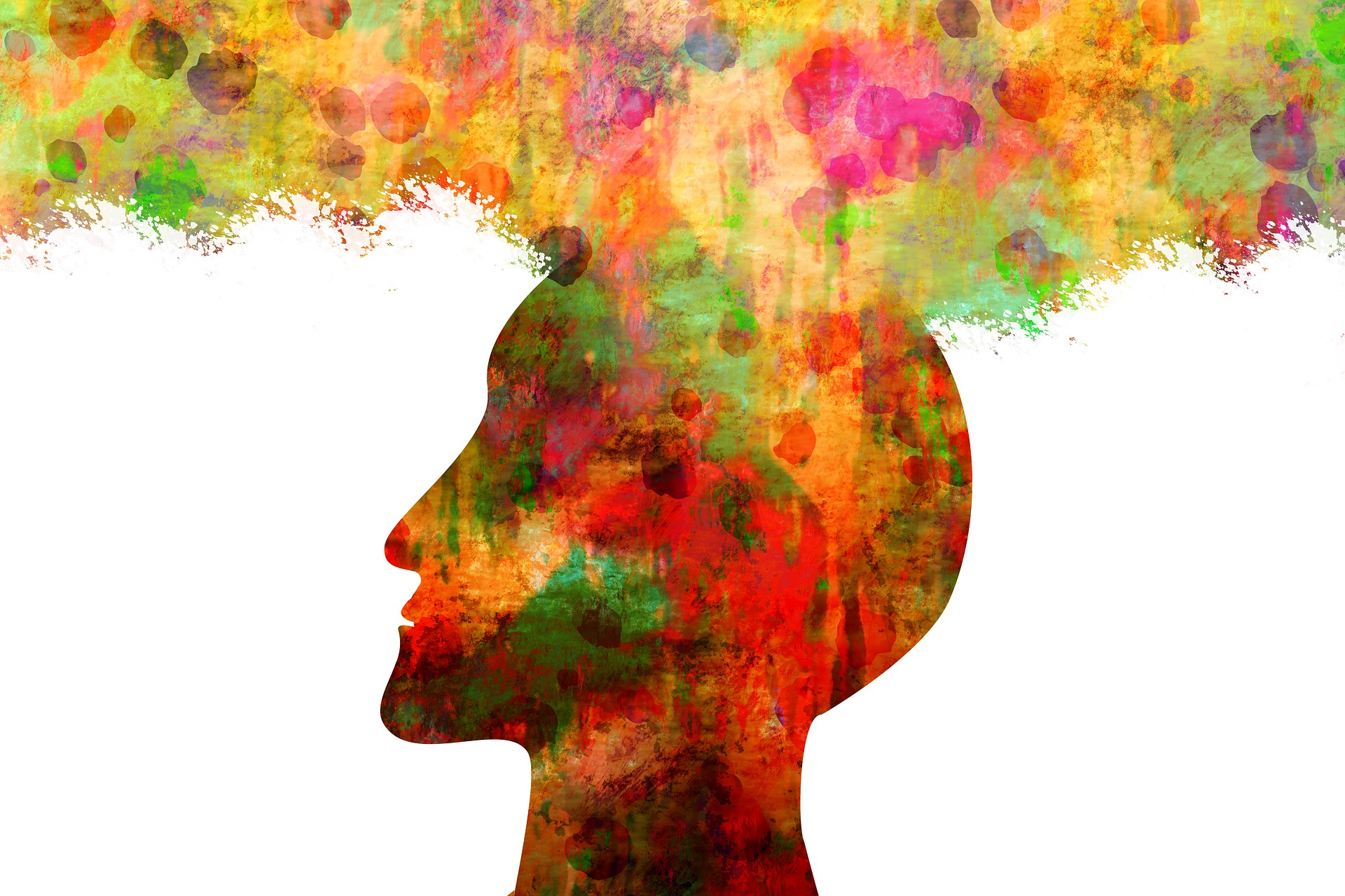by Gina Burkart, Ed.D., Learning Specialist, Clarke University
Emotional intelligence has been receiving lots of attention in the news. In fact, recent research has shown that higher levels of emotional intelligence can lead to salary increases (Rode, Arthaud-Day, Rmaswami, & Howes, 2017). So what exactly is emotional intelligence? It is the ability to recognize, think about, and regulate how one’s thoughts and emotions are impacting one’s behaviors and habits. These characteristics link it with metacognition because it correlates with our ability to think about what we do, how we do it, and how we think about our own thinking and whether or not we even engage in metacognition.
Nuhfer (2017) also addressed this relationship when he explored how affect governs how we think and feel, and determines how we filter the world and operate—thus controlling our success and failure. Additionally, studies are showing that guiding college students in developing emotional intelligence leads to increases in retention and persistence of college students (Mendez, Aronold, Erjavec, & Lopez, 2018-2019). Likewise, research indicates holistic interventions that focus on non-cognitive factors might make the biggest difference in helping students recover academically (Friedlander, Reid, Shupak, & Cribbie, 2007).
Emotional intelligence and metacognition both can be developed through careful curriculum development that allows space in the classroom for both introspective and group work. This blog post shares some examples of collaborative work with our campus learning center – these efforts help students find productive cognitive and emotional strategies that foster new habits and support their success.
Strategies for Embedding Metacognition Linked with Emotional Intelligence into the Classroom
Embedding emotional intelligence and metacognition into a college classroom might seem overwhelming or be perceived as taking time away from necessary content. However, many strategies can be quickly and easily embedded into existing curriculum and increase learning and efficacy of students. Each of the processes I describe below have components to 1) bring awareness to feelings related to academic performance, 2) identify possible strategies, and 3) support emotional self-regulation in enacting strategies.
Journaling based on the Six Seconds Emotional Intelligence Model
I have found the Six Seconds Emotional Intelligence Model to be a useful tool to facilitate metacognition and emotional intelligence throughout the semester. The model guides students in knowing self, choosing self, and giving self to establish what is needed or what feelings are occurring, how the student will respond based on what is needed and how he or she is feeling, and why that is the appropriate action.
This model can be used in a variety of courses to assign an easy 5-minute journal prompt at the beginning of each class period. For example, I have students use What, How, and Why to reflect on and write about how they are feeling (aspect of emotional intelligence) and what they are learning on index cards. I collect them immediately after the 5 minutes has passed. During small group work, I quickly read through the cards and write quick suggestions/feedback upon them and then return the cards to the students. It also helps me keep my pulse on how the class is feeling (instructor emotional intelligence). For example, a student might write:
- What Feeling: Not confident in class participation, feel anxious
- How Respond: More time spent reading the class assignments before class (My comment to student—Great idea! SQ3R would be an efficient and effective strategy to review the chapter 30 minutes before class)
- Why: If I am familiar with the material, I will have confidence and participate. My participation grade and learning of the material will improve.
Identifying and Appropriately Responding to Distorted Thoughts
Because emotions are based on thoughts, and thoughts can be inaccurate, I have found it very helpful to teach students about distorted thoughts and how to correct them. I spend two class periods on this in the college study strategy course that I teach. During week three (the week research shows us students decide to leave college) of the College Study Strategy course, I introduce students to different types of distorted thoughts (e.g. overgeneralization – one negative event is seen as a pattern; comparative thinking – you measure yourself by others’ ability even if that comparison may be inaccurate), ask them to share experiences, and then have them record and counter the experiences throughout the week in a response journal. Additionally, I have them identify in a chart examples of distorted thoughts in characters of stories, shows, or movies they have watched. We then discuss them in class the following week. This approach has also been integrated into the Introduction to Physical Therapy course and the Introduction to Nursing course.
I also facilitate workshops on the topic of distorted thoughts, tailoring the content to the course curriculum. Handout 1 can be a helpful resource for facilitating this with students—and can be incorporated into the Six Second model. Additionally, I assign journal reflections based on student self-identified, distorted thoughts that occur throughout the week (See Handout 2).
Summary
In thinking about how to integrate emotional regulation and metacognition strategies into curriculum, it is helpful to recall that people are intrinsically motivated when they have a deeper understanding of self, one aspect of which is the emotional self. Recent research has shown that students with high levels of intrinsic motivation are more productive, persistent, and have higher levels of emotional wellbeing (Froiland, Oros, Smith, & Hirchert, 2012).
Embedding these types of emotional intelligence and metacognition assignments need not be complex or complicated. The more frequently students engage in the process of thinking about what they are doing and feeling, and make adjustments to their practices based on that thinking, the more likely this will become an automatic practice. Actually, making emotional self-regulation quick and routine will make identification and control of emotions a productive habit for the students and professors. And, ultimately, it will increase learning, persistence and carry over into the students’ personal lives and careers.
References
Friedlander, L..J., et al. (2007) Social support, self-esteem, and stress as predictors of adjustment to university among first-year undergraduates. Journal of College Student development, 48(3), 259-274.
Froiland, J. M., Oros, E., Smith, L. & Hirchert, T. (2012). Intrinsic motivation to learn: The nexus between psychological health and academic success. Contemporary School Psychology, 16, 91-101.
Mendez, S., Arnold, C. Erjavec, P., Lopez, L. (2018-2019). Does emotional intelligence predict persistence among students on academic probation? Journal of Student Affairs, 107-117. https://sahe.colostate.edu/wp-content/uploads/sites/10/2019/09/SAHE-journal-2019.pdf#page=54
Rode, J. C., Arthaud-Day, M. L., Ramawami, A., Howes, S. (2017). A time-lagged study of emotional intelligence and salary. Journal of Vocational Behavior, 101, 77-89. Retrieved from https://paperdownload.me/wp-content/uploads/2017/11/5535-time-lagged-emotional-intelligence-salary.pdf




